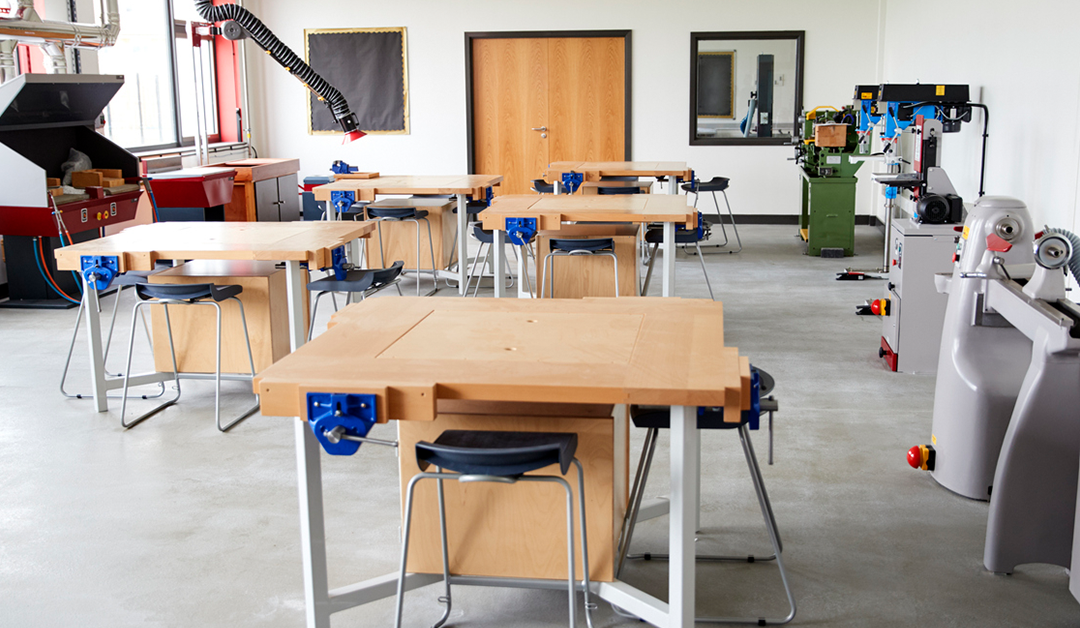Overcoming Workforce Scarcity in Manufacturing: The Crucial Link to Trade Education
The manufacturing sector confronts a critical challenge: labor shortages. This dilemma is straining productivity and emphasizing the importance of trade education. But what’s at the heart of this workforce scarcity? And how does it intertwine with educational trends, especially the role of trade skills in high schools? We look into the elements fueling the skilled worker shortage in manufacturing and its potential ties to trade education.
Roots of Workforce Scarcity:
Demographic shifts, changing job requirements, and educational priorities create a multi-layered crisis of labor shortages in manufacturing.A significant factor is the aging workforce. As highlighted in a Forbes article, the retirement of experienced tradespeople has not been matched by a young generation eager to step into these roles. Interestingly, a revealing study titled ‘Gen Z and the Uncertain Future of the Trades’ found that Gen Z’s career choices are still largely influenced by parents advocating for four-year college degrees over vocational paths. This perception amongst nearly 80% of surveyed high school students underscores the waning interest in trade careers—a trend raising alarms across the sector.
The Disconnect in Education:
The dwindling interest in trade skills at the high school level closely links to the escalating workforce scarcity in manufacturing.n recent years, educational systems have pivoted towards college-prep courses, sidelining vocational training. Consequently, this shift has led to a shortage of young talent with the hands-on skills essential for manufacturing roles, further deepening the skilled worker gap.
Bridging the Gap:
Tackling this issue requires a twofold strategy. The manufacturing industry needs to evolve, offering training and upskilling to current employees and newcomers. Rejuvenating trade education at the high school level could provide a lasting remedy to workforce shortages. Promoting a curriculum that balances academic and vocational training could prepare students for diverse career paths, including manufacturing ones.
Labor shortages in manufacturing are complex and rooted in demographic trends, technological evolution, and educational shifts. While immediate measures can alleviate these challenges, addressing the academic gap is vital for enduring success. Moving forward, reassessing the importance of trade skills in high schools is imperative to cultivating a capable and skilled manufacturing workforce.
The manufacturing industry is well aware of the pressures it faces. Our goal is to close the labor gap with staffing solutions that meet and surpass your expectations. Our approach goes beyond mere placement. We strive to understand your business’s core needs and culture to ensure a perfect fit for long-term success. Let us help you navigate labor shortages, achieve operational objectives, and foster sustainable growth. Together, we can build a skilled, diverse, and innovative workforce.

